Agronomic Insights
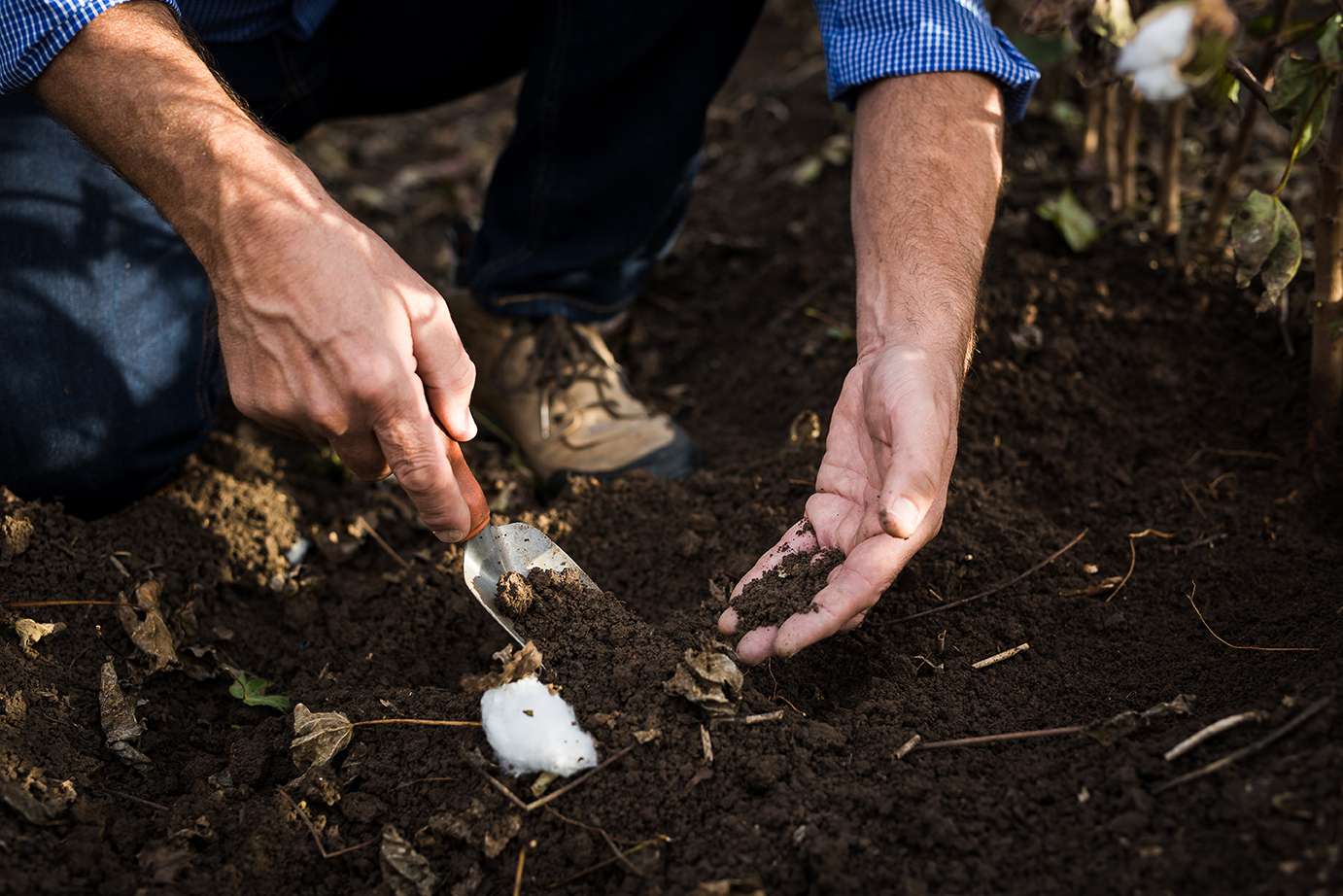
Bede O’Mara – Technical Agronomist
When the cotton is picked, the sorghum is harvested, and the season is over, what’s next? Many growers will be looking for an opportunity to wipe the slate clean and look ahead to next season.
Soil testing is a great way to focus on future productivity. This year it may even provide some welcome news, revealing higher starting nitrogen reserves than expected. A complete post-harvest soil testing program will give you a better understanding of your soil nutrient status, and confidence to develop precise fertiliser strategies. Soil testing is a valuable tool, but it needs to be done properly.
This article provides some guidance for cotton and grain growers to establish effective post-harvest early fallow soil testing programs.
Sample collection
The key to good results from soil testing is a planned and consistent soil sampling program. Aim to perform the soil sample collection at roughly the same time of year for consistency of results in long-term fertility monitoring programs. Any time from April to August is fine, but for easier access to fields and meaningful results, wait until some ground preparation, cultivation and incorporation of residues has occurred.
When it comes to sample collection, there are two schools of thought. Both can be successful, depending on your objective with soil testing. The most common strategy is to throw all the samples from the same depth in a bucket together for a composite snapshot of the paddock. A thoroughly mixed and homogenous composite sample can provide an effective snapshot in time.
The other option is to consistently return to physically marked or georeferenced positions as permanent or regular sample sites within fields. With this method, you can compare areas and potentially diagnose growth or yield problems. The samples may be from proven high, average or poor performing areas, or areas where you are trying to measure the effect of a particular practice change. Where areas are to be compared, the samples need to be kept separate.
A representative sample
You will not get accurate results from soil testing unless you take the right number of samples, from the right areas, at the right depths. For a standard post-harvest soil testing program where the aim is to establish a fertiliser program for next season’s cotton crop and monitor fertility longer term, a representative sample is required, and variability should be avoided.
If there are significant areas of different soil types in the paddock, these should be sampled separately. Consider potential sources of variability for diagnostic testing if required. Otherwise, the main area of variability in cotton or row crop systems is likely to be from and between the previous fertiliser bands.
The formula for the number of samples to be taken from the previous band, and from outside of this band is to multiply the last phosphorus or potassium fertiliser application row width (cm) by 0.262. This gives the number of cores to be taken away from the band (for every core taken in the band) for accurate phosphorus and potassium results. This is particularly important in dryland cotton, wide row or skip row configurations where the location of the fertiliser bands depends on the crop in the rotation and where minimal soil mixing occurs due to reduced or minimum tillage practices.
The recommended number of samples for a single comprehensive surface 0-10 cm or 0-30 cm soil test is 30 to 40 cores. This is the same for deep cores or surface samples in dryland systems. (Peverill, Sparrow & Reuter, 1999). For irrigated cotton crops, consider the sample number recommendations outlined in Nutripak, or in Gourley CJP and Weaver DM (2019) A guide for fit for purpose soil sampling, Fertilizer Australia, Canberra, Australia. Whichever system you follow, keep your own protocol consistent and repeatable.
This may seem like a lot to consider but think about how much soil there is in the paddock. A rough guide is 1,200 tonnes per hectare (based on the top 10 cm of soil with a bulk density of 1.2). At the laboratory, only a very small sub-sample of your sample will be tested.

Getting a representative sample
A representative paddock sample can be taken on a zig zag pattern across the paddock, on a transect line, from paddock zones, in a cluster or from a grid pattern. The pattern of sampling needs to be rigorous and repeatable, and statistically, the transect is the most practical method.
Sample for the full suite of analyses in the top of the profile, where wetting and drying cycles occur more frequently, and root systems proliferate or grow through. The next layer down can be sampled intermittently (every five to seven years) for immobile nutrients like phosphorus and potassium.
The following guide shows the recommended sample depths for a range of nutrients. The lower depths of the profile can be sampled for mobile nutrients and the presence and depth of any subsoil constraints. Less mobile nutrients and subsoil constraints change less readily, so they should be taken at depth increments that align with previous samples. Annual snapshots of ammonium, nitrate, sulphur, chloride and electrical conductivity should be the minimum.
Table 1: Suggested sample depths for dryland and irrigated cotton
Dryland cotton
| 0-10 cm | nitrogen, phosphorus, potassium, sulphur, zinc, organic carbon, salinity, sodicity, trace elements |
| 10-30 cm | nitrogen, phosphorus, potassium, sulphur, salinity, sodicity |
| 30-60 cm | nitrogen, sulphur, salinity, sodicity |
| 60-90 cm | nitrogen, salinity, sodicity |
Irrigated cotton
| 0-30 cm | nitrogen, phosphorus, potassium, sulphur, zinc, organic carbon, salinity, sodicity, trace elements |
| 30-60 cm | nitrogen (phosphorus, potassium optional) sulphur, salinity, sodicity |
| 60-90 cm | nitrogen, salinity and sodicity |
Selecting tests
A post-harvest soil testing program will often be a comprehensive program, including all the macronutrients. Consider Colwell P for plant available phosphorus and BSES P for slower release soil phosphorus reserves and any build-up of fertiliser phosphorus. Also include exchangeable K ammonium acetate, MCP-S for sulphur and 2M KCl extractable mineral N for nitrate nitrogen and ammonium nitrogen.
Other tests that can aid your interpretation include PBI (this is included with Colwell P at Nutrient Advantage Laboratory Services), organic carbon and total soil nitrogen in the surface sample (as a guide to mineralisation potential), EC for soil salinity and chloride and other exchangeable cations. Micronutrients are better assessed with leaf testing.
Keep it clean
A soil sample can be contaminated by anything it contacts. Some points to remember:
- keep sampling equipment clean and place samples directly into clean buckets and sample bags;
- keep your hands clean;
- do not use sample probes made of galvanised steel, as this can contaminate soil samples;
- be aware of other potential contaminants around you, like straw, dust, ash, animal hair, fuels and oils, solvents, and chemicals.
A quality laboratory
The Nutrient Advantage® laboratory offers quality soil testing for cotton advisers. It is a NATA accredited and ASPAC certified laboratory for quality results at industry-leading turnaround times. Soil test results are completed within five business days of receiving the sample.
A quick dispatch to the laboratory is important, as any variation in temperature or moisture can affect the results. Ideally, put the soil in a cooler or fridge to transport it back from the farm, use a courier to deliver samples quickly and avoid sending samples over the weekend.
Further information
It’s all about planning, so take the time to research your soil testing approach before heading out to see growers about post-harvest soil testing.
For more information, feel free to contact me on 0417 896 377 or bede.omara@incitecpivot.com.au.
References
The following are excellent resources:
NUTRIpak: http://www.cottoninfo.com.au/sites/default/files/documents/NUTRIpak.pdf
Gourley CJP and Weaver DM (2019) A guide for fit for purpose soil sampling, Fertilizer Australia, Canberra, Australia
Bell & Lester (2015) GRDC “The what where and why of soil testing in the northern region”.
Resources
DOWNLOAD INSIGHTDISCLAIMER
This is a guide only, which we hope you find useful as a general tool. While IPF has taken all reasonable care in the preparation of this guide, it should not be relied on as a substitute for tailored professional advice and IPF accepts no liability in connection with this guide. Incitec Pivot Fertilisers manufactures and sources fertilisers from other suppliers. The fertiliser supply chain extends beyond the company’s direct control, both overseas and within Australia. Incitec Pivot Fertilisers hereby expressly disclaims liability to any person, property or thing in respect of any of the consequences of anything done or omitted to be done by any person in reliance, whether wholly or in part, upon the whole or any part of the contents of this article.
You might also be interested in these
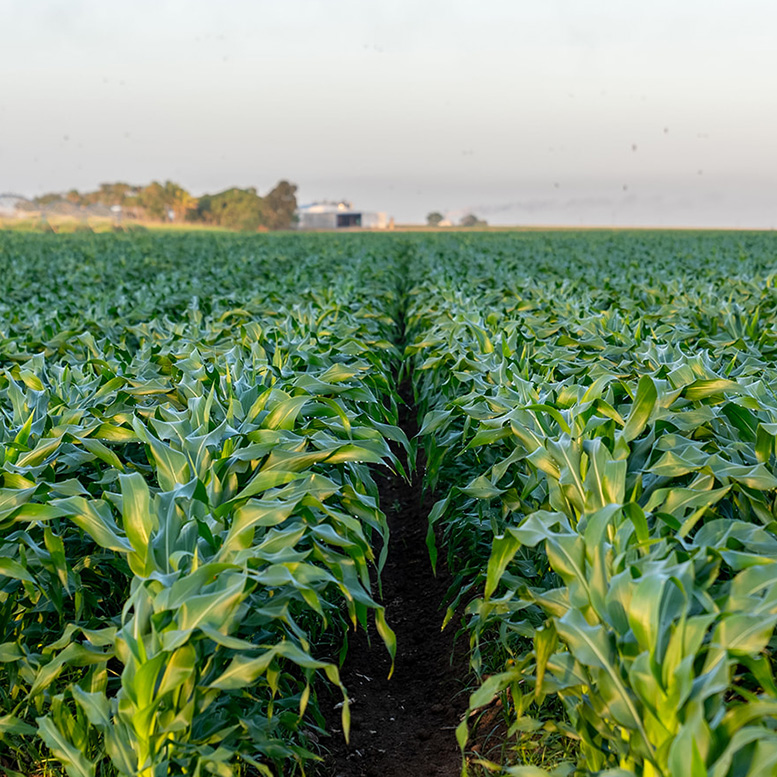
Summer Crop
Avoid maize yield loss from N banded near the seed
October / 2024
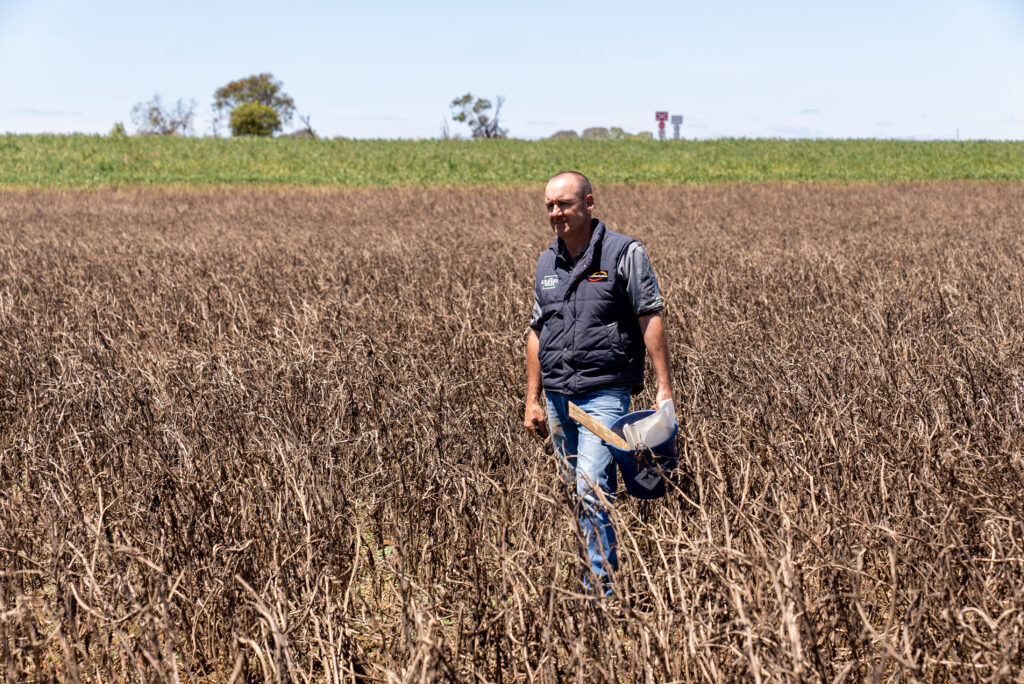
Pasture, Summer Crop
Taking Stock After the Floods
March / 2023
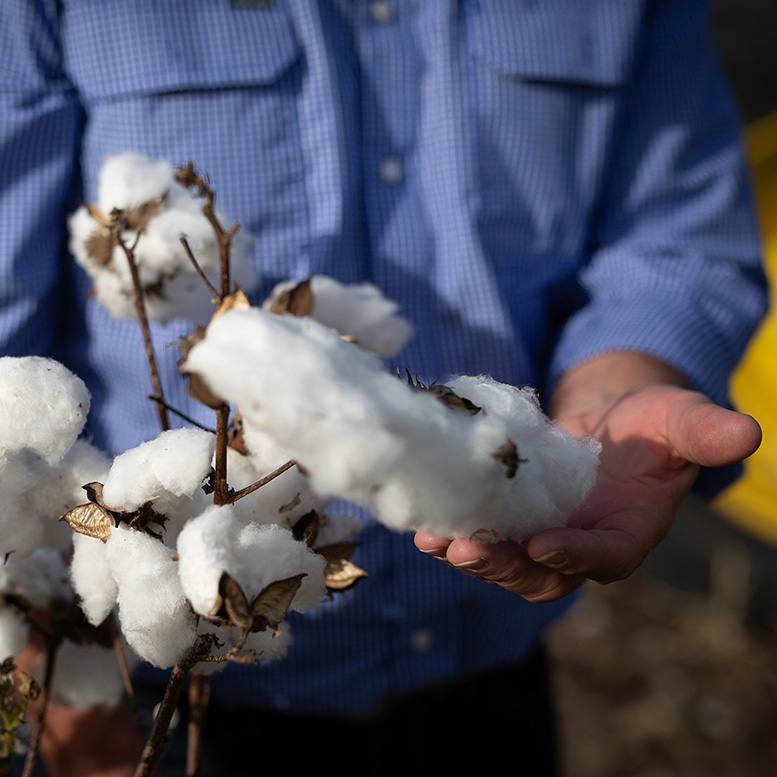
Summer Crop
Using N without losing N
April / 2024
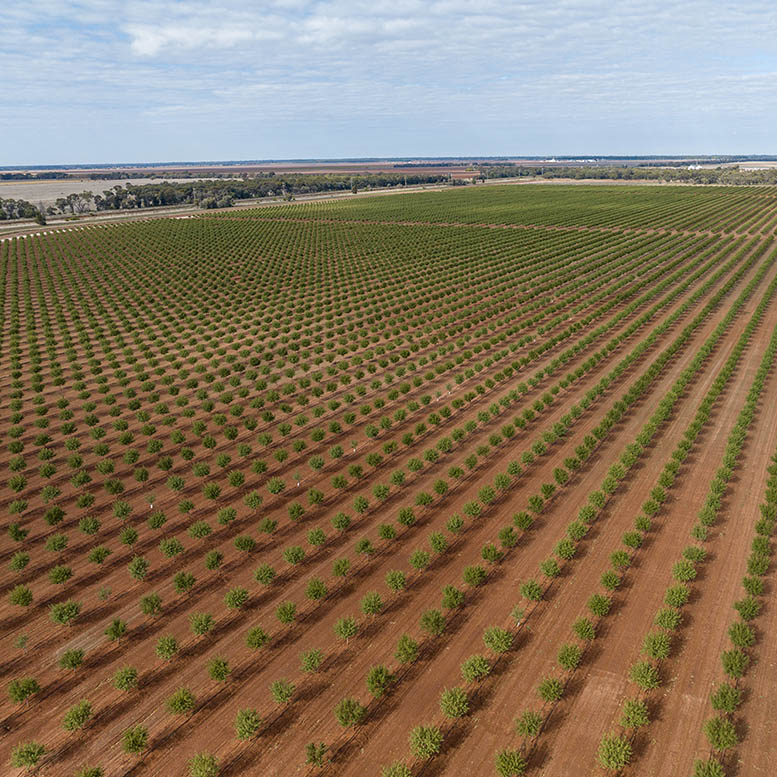
Horticulture, Pasture, Sugar, Summer Crop
Fertiliser use and GHG emissions being minimised on-farm
October / 2023

